 |
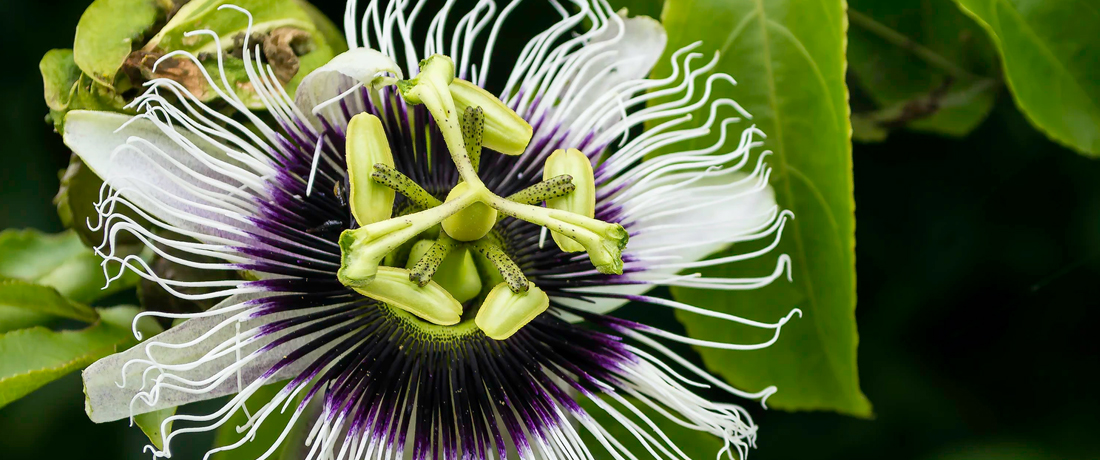
Pruning Fruiting Vines – A quick guide to pruning your grapes, kiwifruit and passionfruit.
 |
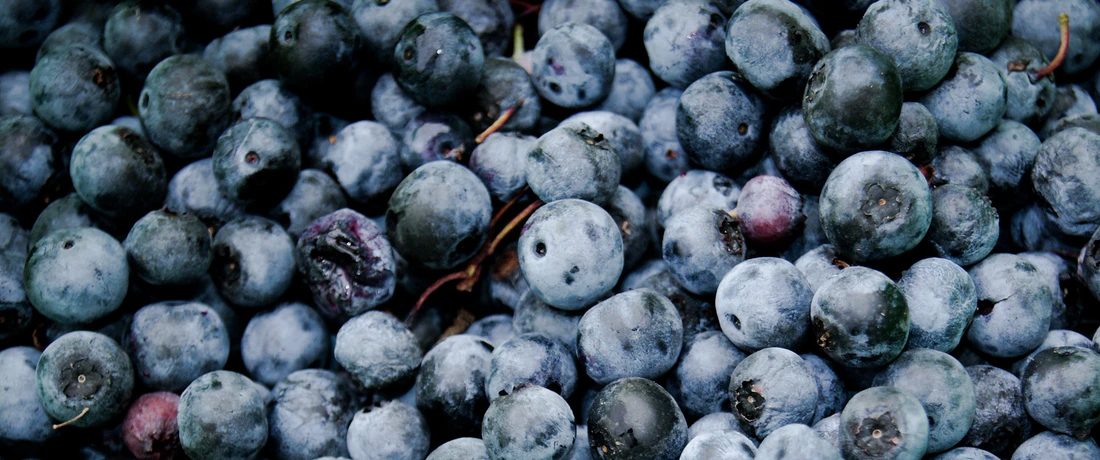
Blueberries – These long lived deciduous or evergreen shrubs can be grown purely for their ornamental value. With their lovely pink brushed white bell shaped flowers and brilliant yellow, orange and red autumn foliage on a 1 to 2.4m high thornless shrub, they add value to any garden.
 |
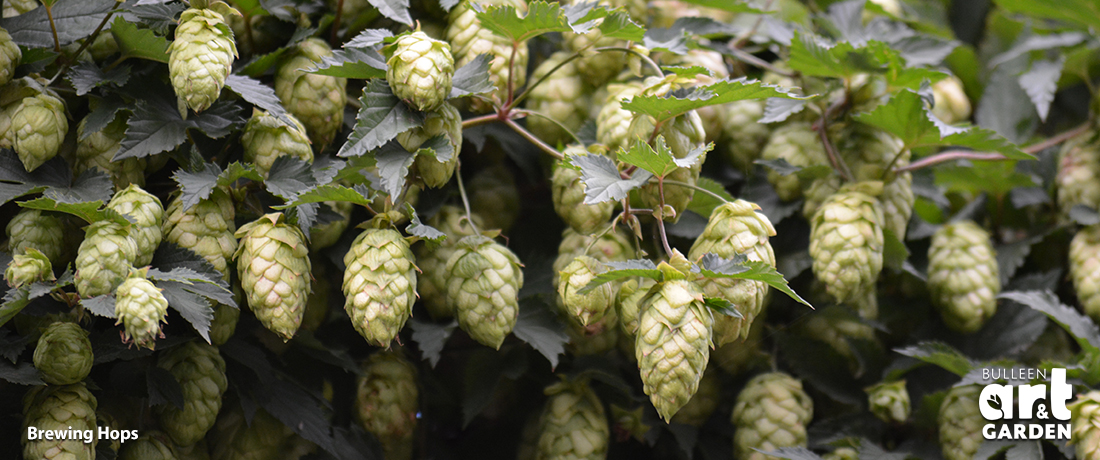
Brewing Hops – Hops flower over summer and are ready to harvest in early to late autumn. One hop plant should produce enough for a home brewer, but two different types will give you a bit of variety to play with when brewing.
 |
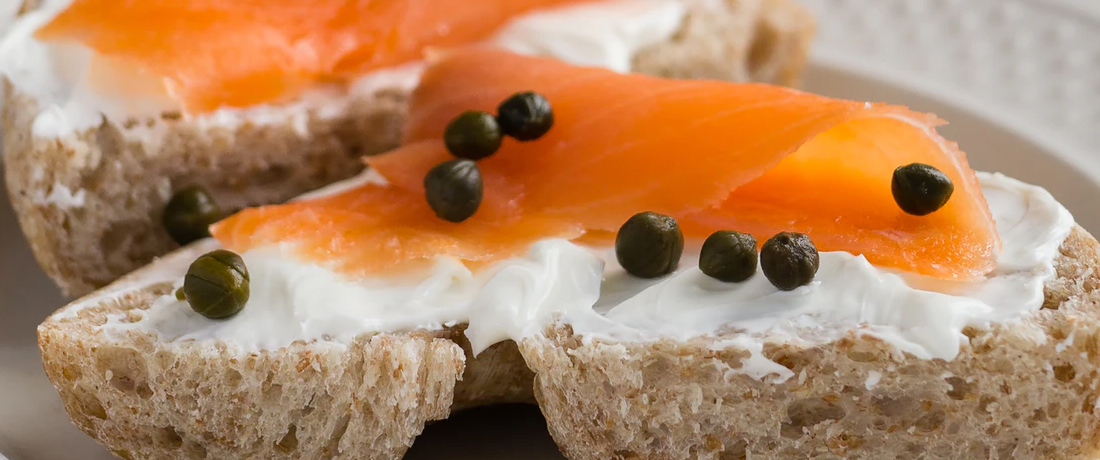
Capers – Even if you are not interested in the culinary aspect of capers, the bush itself is a low spreading perennial (winter deciduous) with tough rounded green leaves that provide a backdrop to startlingly lovely flowers with clean pink or white petals surrounding a spray of purple stamens.
 |
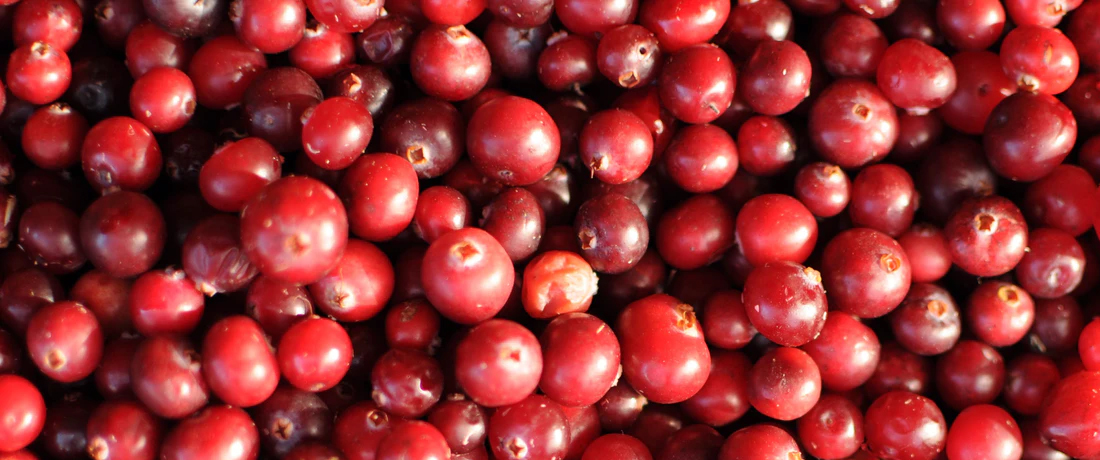
Cranberries – These long lived deciduous or evergreen shrubs can be grown purely for their ornamental value. With their lovely pink brushed white bell shaped flowers and brilliant yellow, orange and red autumn foliage on a 1 to 2.4m high thornless shrub, they add value to any garden.
 |
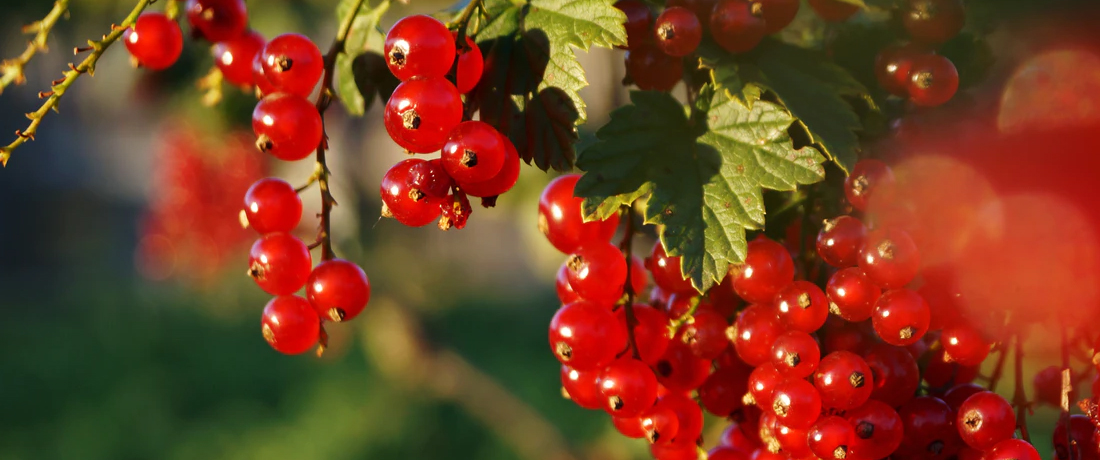
Currants – Currants are small deciduous bushes with origins in cool European lands, where they thrived as forest edge plants, and later as domesticated varieties planted in gardens and hedgerows for their 5mm red, white or ‘black’ (dark purple) berries.
 |
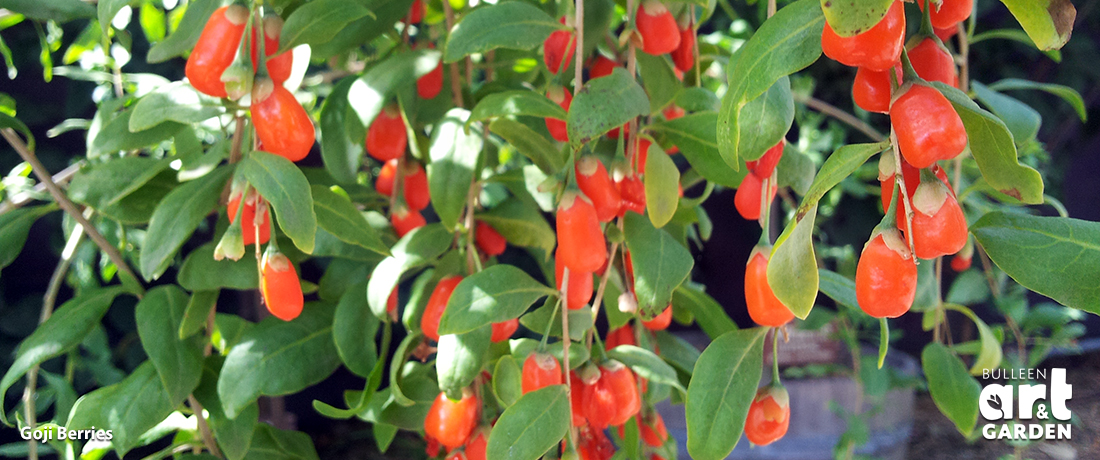
Goji Berries – They are small but quite refreshing, not to mention a superfood. To grow a goji plant, plant it in a sunny position with adequate food, water and drainage.
 |
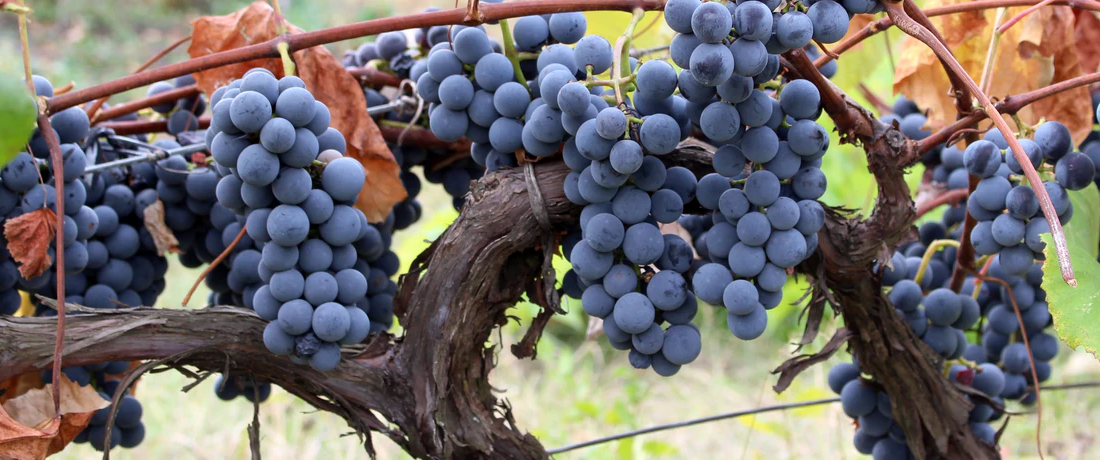
Grapes – Edible grapes (Vitis vinifera) are vigorous deciduous woody vines native to Europe, northern Africa, and western Asia. They climb by means of tendrils, which wrap around objects to support the weight of the vine. Grapes are well suited to hot, dry conditions and full sun.
 |
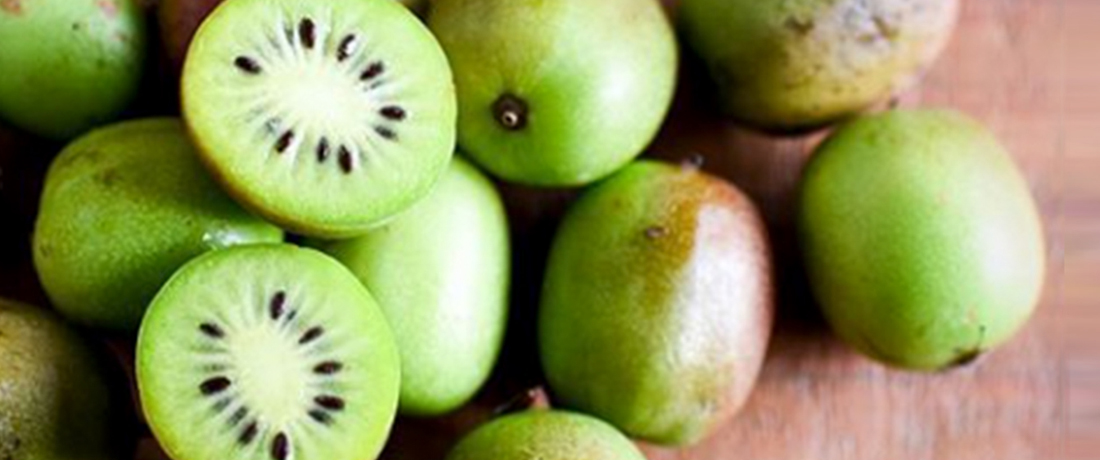
Kiwi Berry – Produces very sweet grape sized fruit with a smooth skin and flesh similar to the better known Kiwi fruit in appearance and taste.
 |
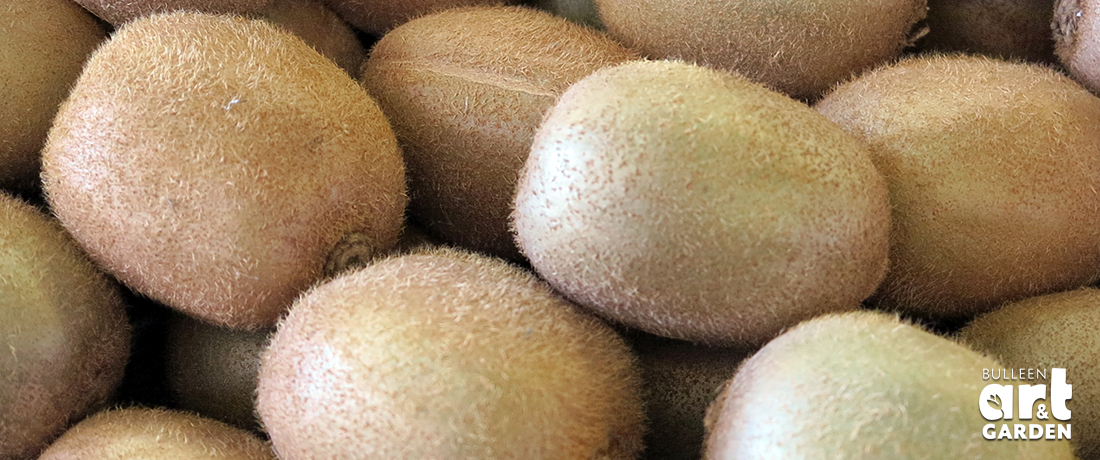
Kiwi Fruit – You need a male and a female of these very vigorous vines, so allow for both a sturdy supporting structure and plenty of room. They grow at a very fast pace over spring and early summer and will rapidly cover a large structure with lovely rounded leaves providing perfect summer shade.
 |
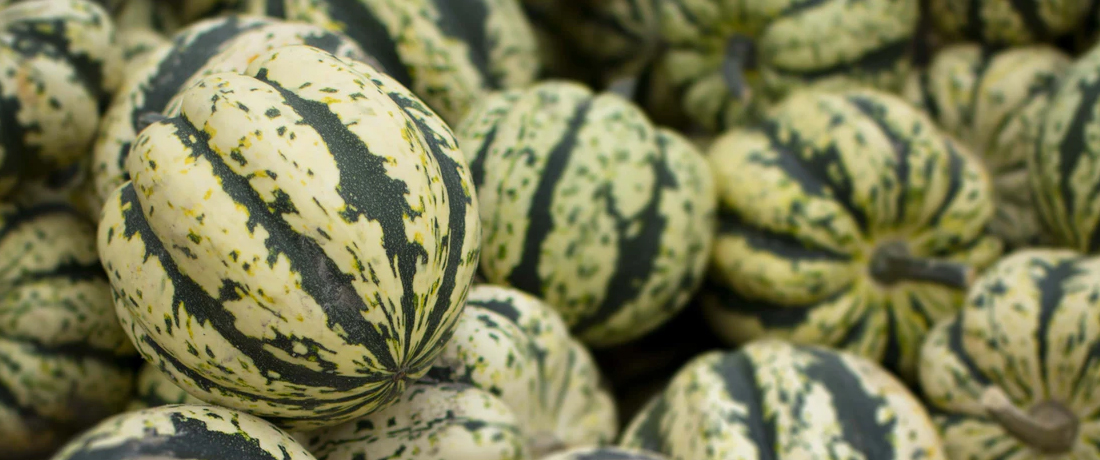
Melons, Canteloupe, Rockmelon – The burst of flavour from a home grown melon is a lesson in why we grow our own fruit. Couple that with the slightly smug satisfaction in picking your own and it is a glorious summer gift to the dining table. On its own, in fruit salad, with salt (thanks Dad), with sugar, wrapped in prosciutto or naked, melons are the best!
 |

Passionfruit – Passionfruit vines don’t have to be pruned to get good fruit set, but pruning in early spring (after last frosts – important) will help promote new growth where the flowers and subsequent fruit will form. Pruning will also keep a rampant vine under control.
 |
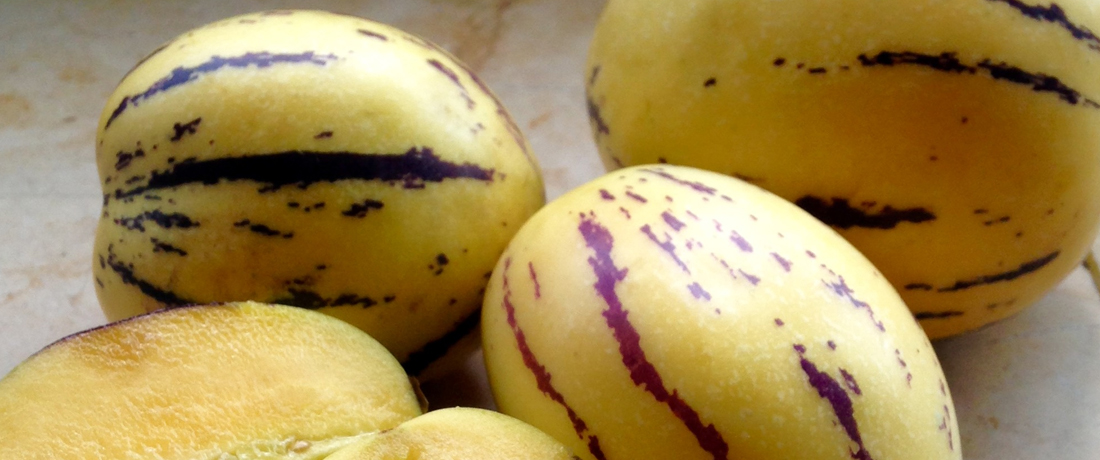
Pepino – The Pepino is a small fruiting shrub and a member of the solanaceae family (Tomatoes, eggplants and potatoes). It is a tough perennial bush which will produce fruit for a period of months during the warmer time of the year.
 |
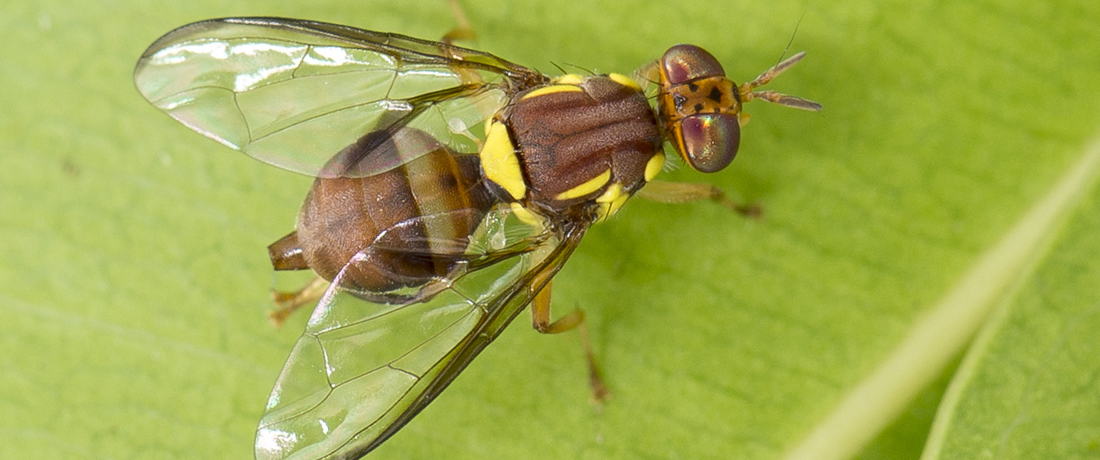
Queensland Fruit Fly – Queensland fruit fly is a significant pest that has been found in areas of Victoria for a few years now. Recently there is evidence the fly is establishing itself in Melbourne and surrounds.
 |
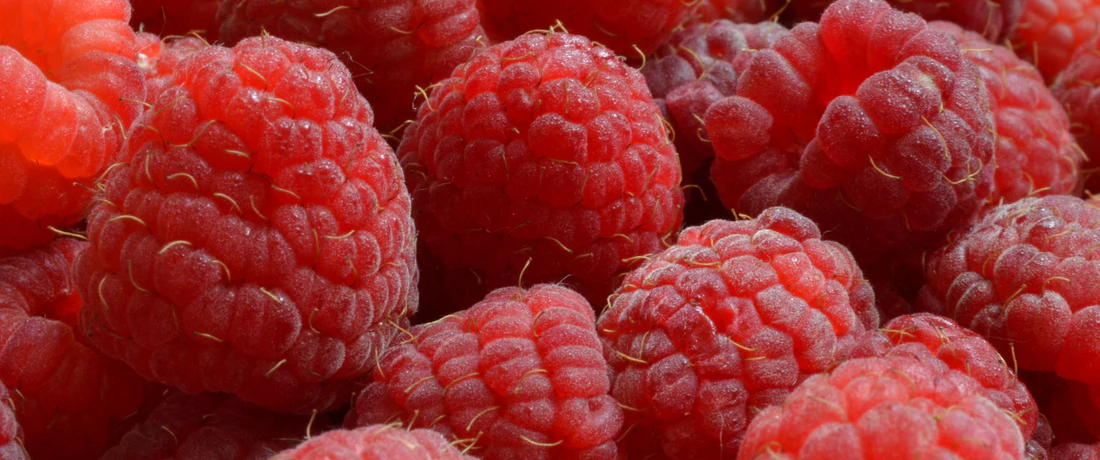
Raspberries – If you can grow apples you can grow raspberries, and why wouldn’t you? The sweet juicy fruit is delectable when picked ripe and warm from the canes, truly placing the taste of the sun on your tongue.
 |
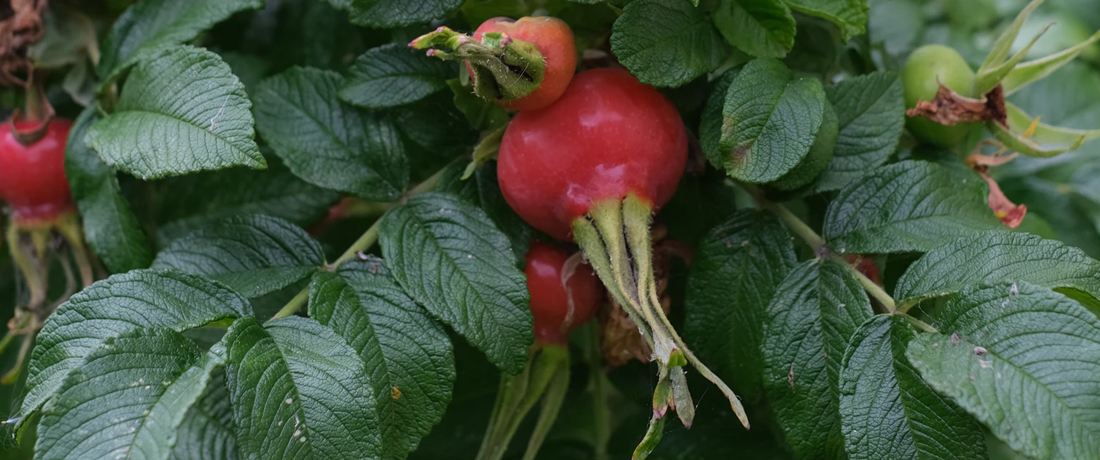
Rosehips – Rosehips are very sweet and full of Vitamin C. Their seedy nature means they are best used in jams and jellies where the seeds are sieved out.
 |
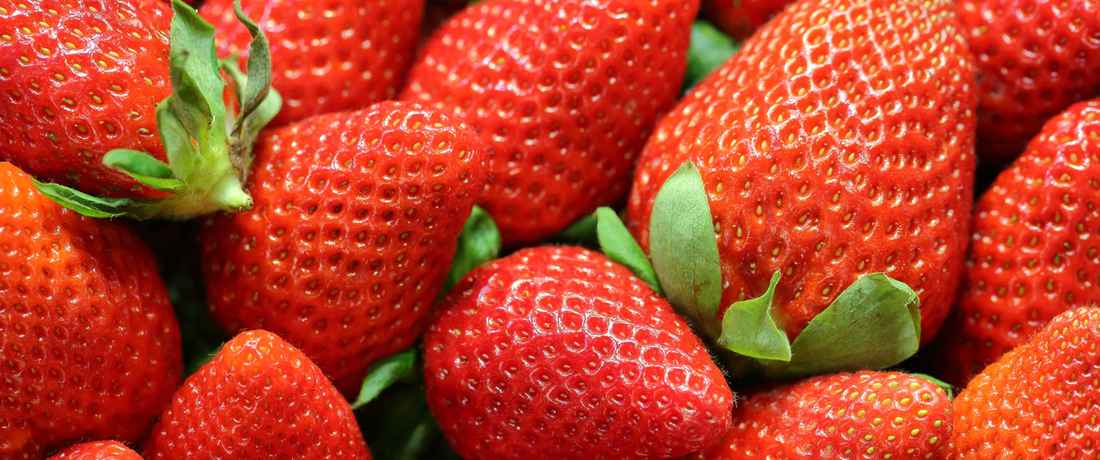
Strawberries – Nothing compares to the taste of homegrown strawberries, and those monster things you buy in punnets at the shops are generally a poor (and expensive) imitation. So, why not grow some strawberries at home!



